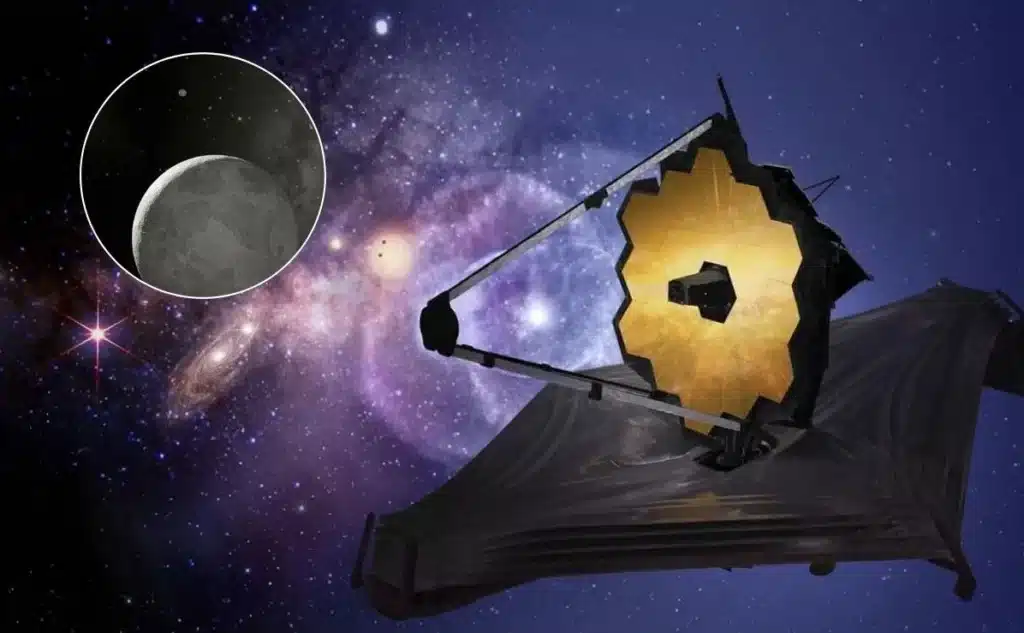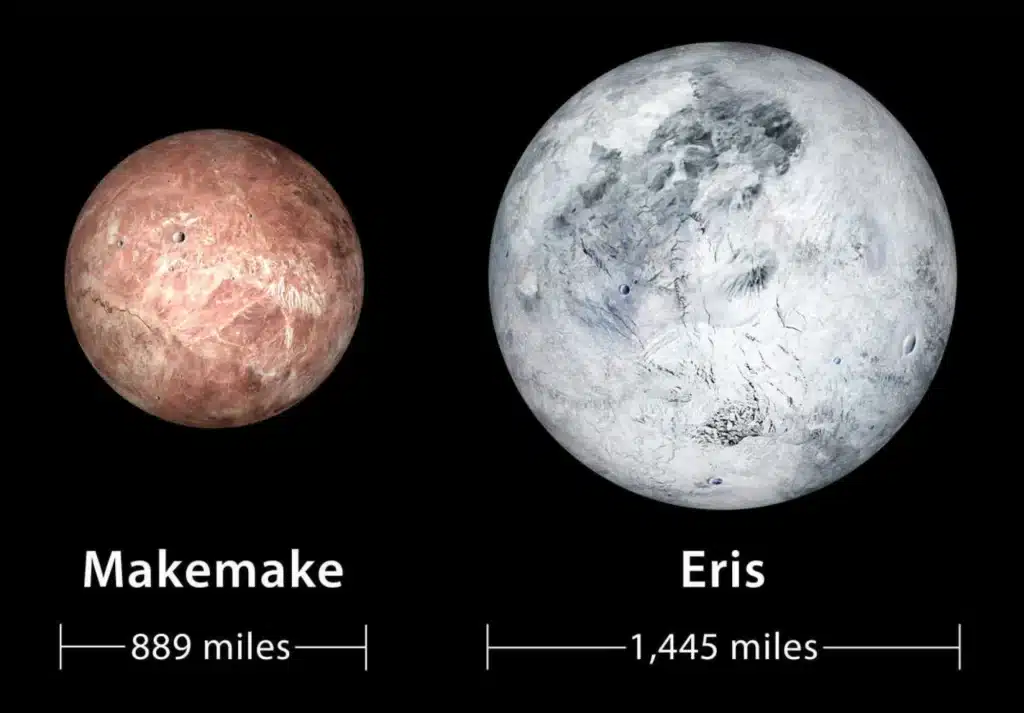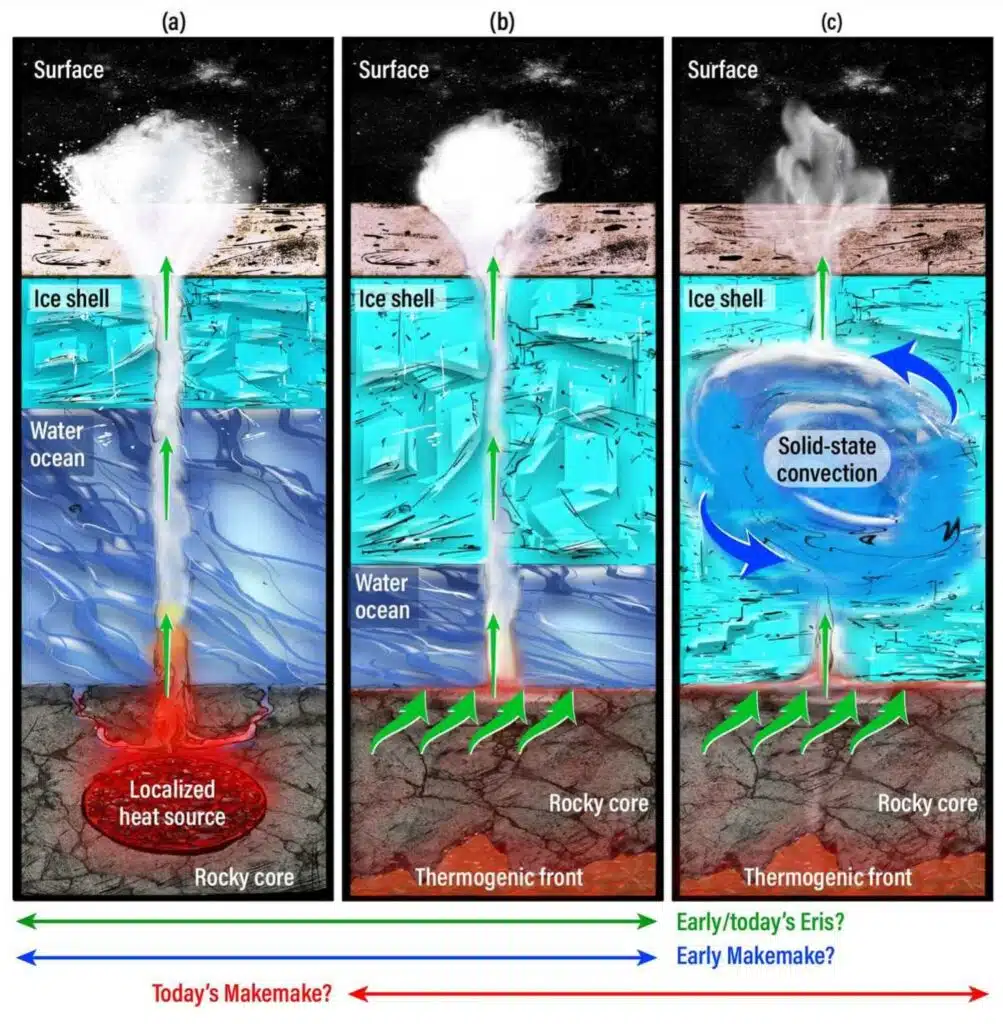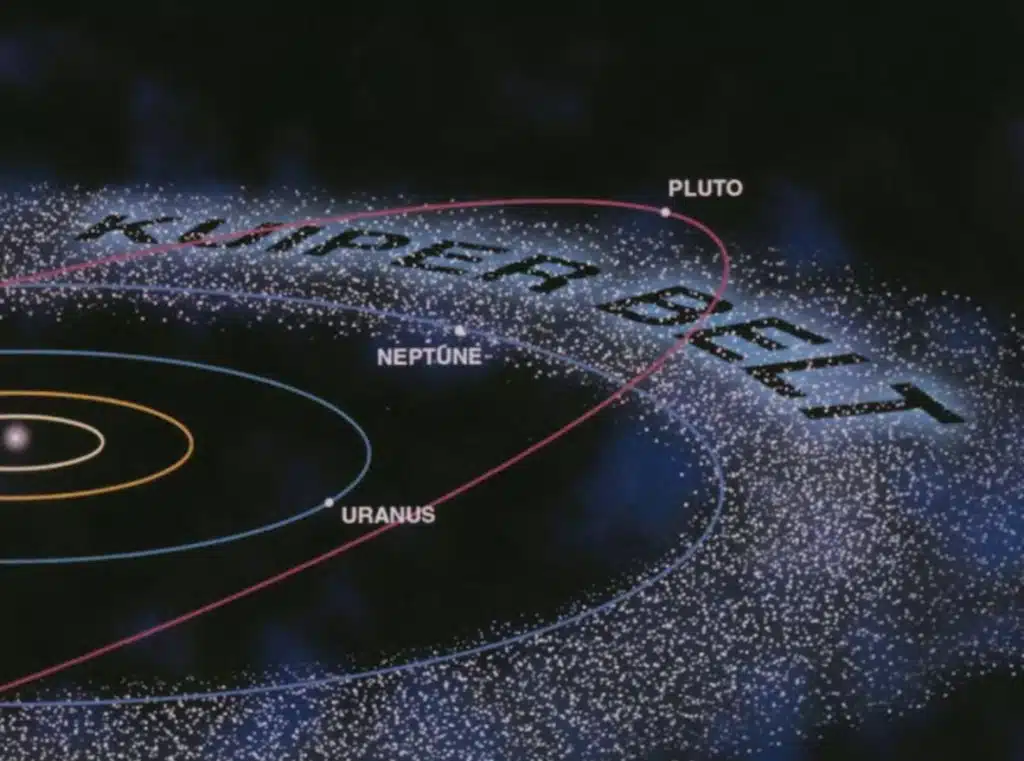Webb telescope makes unexpected discovery while searching outskirts of solar system
- The Webb telescope is vastly more powerful than its predecessor
- Thanks to its immense range, NASA made a discovery about some objects in Pluto’s orbit
- Some scientists now believe we should look into and actually send astronauts over there
Published on Feb 19, 2024 at 7:43 PM (UTC+4)
by Alessandro Renesis
Last updated on Feb 20, 2024 at 9:45 PM (UTC+4)
Edited by
Amelia Jean Hershman-Jones
NASA’s James Webb telescope is extremely powerful.
So powerful, in fact, that it can detect planets and objects that are located light years away.
And the telescope recently discovered something particularly interesting.

READ MORE: NASA releases International Space Station space walk footage
The James Webb telescope is vastly more powerful than its predecessor, the Hubble telescope.
Thanks to its immense range, the Webb telescope is able to see things Hubble couldn’t see or, sometimes, see the same things, but better.
That’s exactly what happened here.
Webb was able to provide us with more details regarding some unidentified frozen objects rotating around Pluto’s orbit, as well as around the orbit of two other dwarf planets, Makemake and Eris.

Up until now, we knew these objects were there, but we didn’t know exactly what they were, and we thought they were ‘dead’.
As it turns out, they’re not dead after all.
“We see some interesting signs of hot times in cool places,” Southwest Research Institute scientist Christopher said in a statement.
The Webb telescope is fitted with specialized cameras that are capable of detecting temperature differences as well as different types of molecules.

For example, it is able to detect the presence, whether current or past, of water and carbon dioxide.
The Webb telescope was able to identify primordial relics of the early days of the solar system in Kuiper Belt, a disc in the outer Solar System that extends from the orbit of Neptune to 50 AU from the Sun.
For reference, an AU, Astronomical Unit, is equivalent to 150 billion meters.
But it’s all relative and, in planetary terms, 150 billion meters is more or less like 150 yards on Earth.

Webb was also able to identify recent traces of frozen methane, which suggest that these words could potentially harbor oceans.
“Hot cores could also point to potential sources of liquid water beneath their icy surfaces,” Glein explained.
Back on Earth, the Space Race is back on and we’re now exploring new ways to get back to the moon and finally land on Mars with the first manned mission to the Red Planet.
However, Glein believes we should be looking into the Kuiper Belt as well.
“With this discovery, the Kuiper Belt is turning out to be much more alive in terms of hosting dynamic worlds than we would have imagined,” Glein concluded.
DISCOVER SBX CARS: The global premium car auction platform powered by Supercar Blondie





